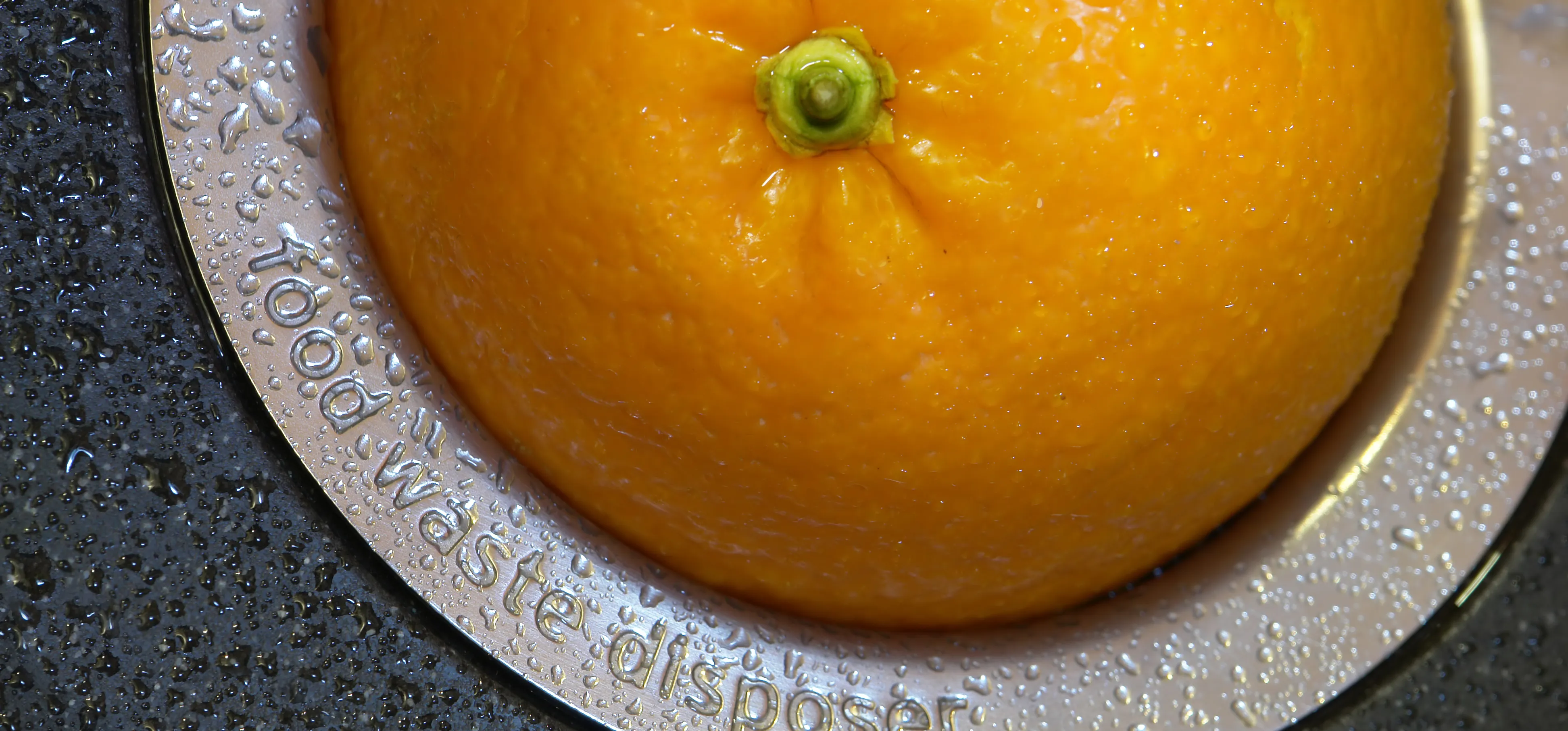Brining is magic. All you have to do is make a mild saline solution, toss in your protein of choice, let it soak, and cook. You end up with incredibly tender, flavorful meat or tofu for very little effort. So why aren't more of us doing it?

Pork chops soaking in a brine of sugar, salt, water, pepper, stock, bay leaves, and apple cider.
Well, some might think brining is something reserved for the holiday turkey, and it's too much trouble for basic, everyday-at-home cooking. But the truth is that taking a few moments to brine, spice rub, or marinate your meat will provide a huge ROI. Once you start, you'll be hooked on the results.

Baked chicken that was brined in water, salt, sugar, soy sauce, and olive oil.
Historically, brining was used to make sure meat would stay edible. Soaking it in a mixture of water, salt, and spices would bind the water within the meat and make it more stable or remove it altogether so the meat wouldn't rot. Nowadays, we brine proteins for very different reasons—mostly to add flavor.
What Brining Does to Your Food
The experts here don't quite agree. Some say that brining is all about osmosis, where water molecules (in this case, the salted, flavored brining solution) pass from an area of high concentration through a permeable membrane (the meat) to areas of low water concentration (the inside of the meat) so that the solution can achieve equilibrium.
Others say that the process is more akin to diffusion, where something moves from an area of high concentration to areas of lower concentration. Think of the smell of cooking: first it starts out in the kitchen, then it disperses itself throughout the house.
The difference? Diffusion is more spontaneous and random, while osmosis is all about achieving a state of equilibrium.
Most sources agree that the salt in the liquid solution denatures the proteins in the meat, breaking them apart and making the meat more tender and transporting the flavor (most crucially, salt) in the water. This is key in some cuts of meat which don't contain as much collagen and aren't naturally as tender.

The magic of brining, before and after.
While the scientific principles are interesting, in the end, what the home cook should take away is that brining meat makes it taste better and less likely to dry out when it cooks since the muscle fibers absorb more moisture than they originally held.
What Can You Brine?
Not to sound like an infomercial, but the more appropriate question is what can't you brine? Beef, pork, poultry of all kinds, and tofu take to brine like ducks to water.
In my opinion, large or irregularly shaped cuts of meat that need more flavor (like chickens or roasts) are the best candidates for brining. I wouldn't brine a good-quality steak because, in all likelihood, the meat is tender enough already. You just need a good cooking technique and you're ready to go.

Brining beef brisket (another good thing to brine) for a corned beef recipe.
Shrimp take well to brine, but I've never brined fish. I usually buy the best quality and freshest fish I can find, which should ensure that it's tender and flavorful already. An internet search shows that brining fish like salmon before it gets smoked is a common process, but not so much for other fish.
And of course, brining vegetables (aka pickling) and even eggs is a time-honored way to store food for later use. I also like to brine fresh corn and other seasonal vegetables before I grill them. In a word: yum.

Brined corn on the cob on the grill.
The Proportions of Salt and Water to Use
I don't get too fancy when I brine. If I have spices and herbs handy, I'll use them, but if my cupboard is bare, I make a mild salt-water solution and add a touch of sweetener and some freshly cracked black pepper. Pour enough of the solution so that your meat is submerged, and let sit for as long as you like. It's that easy.
Many people use plastic bags to brine meat, which is easy and convenient. I like to cut down on the amount of disposable stuff in my life and save money, so I generally use a pot with a lid. It goes without saying that whatever you brine should be kept in the fridge.

Bagged turkey in a salt, pepper, allspice berries, bay leaves, rosemary, zest, garlic, and sugar brine.
Err on the side of caution and use less salt than you think you need, especially if you're brining something overnight. Remember, your protein is going to soak up a lot of flavor in those hours, and you don't want to ruin it by making it salty beyond all repair.
A general guideline is to use one cup of salt per gallon of water, but I've used far less and ended up with some very tasty dishes. You can brine for an hour or two for small portions of food to overnight for large roasts or poultry. See this guideline for general info on how long to soak your protein.
Equilibrium brining is used by professional chefs to calculate the exact amount of water and salt they need to brine their food to perfection. It's a little complicated, but worth checking out if you want to go beyond the basics. Molecular gastronomy followers use injection brining, which is exactly what it sounds like.

A turkey being shot up with deliciousness.
What Kind of Salt and Water to Use
Most cooking experts recommend using kosher salt because no iodine and fewer anti-caking agents are added, thus ensuring no weird flavors get carried into your meat. Of course, you should use filtered water, too.
That having been said, I've used regular iodized table salt in brines and my food tasted fine (I'm not sensitive to the taste of iodine, though). One thing to note is that a cup of kosher salt has half the salting power of a cup of table salt, since kosher salt has larger grains. So if you do use regular table salt for your brine, be cautious about the amount!
You can skip using sea salt. As J. Kenji López-Alt of Serious Eats points out, chemically, all salt is the same. But sea salt is expensive and you lose the delicacy of its flavor if you're dumping it into a brine rather than using it to finish your food.

From left to right, sea salt, table salt, and kosher salt
Just remember, the salt is the most important part. From there, you can customize a brine by adding any flavorings you like. You can also use different kinds of liquids, whether you want to add booze, a splash of fruit or vegetable juice, or even soda (I had a Southern pal who swore by Schweppes ginger ale in his brine). Real Simple has a good assortment of brine recipes, from easy to fancy.
Use a Spice Rub Instead
My friend Tessa hates both marinades and brines. "They're messy and you end up with this weird mix of meat juices and goop," she says. So what to do if you want to make sure your protein is flavorful but you don't want to go the wet route?

Pork chops in a brown sugar, water, sea salt, dry mustard, apple cider vinegar, pepper, and Tabasco brine.
Use a spice rub (also called a dry rub or dry brining) instead. If you're a total novice to cooking, you can purchase a pre-made spice rub, but if you know your way around a kitchen, make your own instead. It's a lot cheaper and it'll be sure to contain the herbs and spices you love.
Most spice rubs are a mix of salt, herbs, spices, and sweeteners that are applied to the surface of the meat before cooking. You can also leave it on overnight to infuse the protein with more flavor. You can add a little water and make it into a paste, too, if that suits your fancy (or you really want to make sure that the spices adhere to the surface of the meat).

Using a homemade toasted and grinded rub on some meat.
Bon Appétit has a good version of the 4-3-2-1 spice rub, one of my personal favorites. It's so basic I memorized it after making it once. This formula is basically four parts salt, three parts sweetener, two parts herb/spice, and one part heat. It's so simple, a child could whip it up, and so delicious, it seems more complicated than it actually is.

























Comments
Be the first, drop a comment!